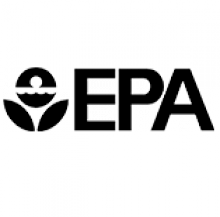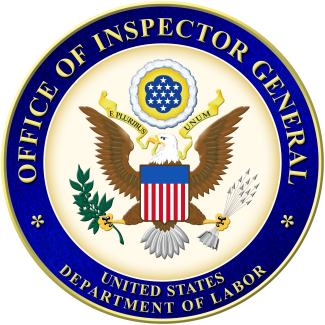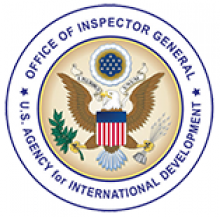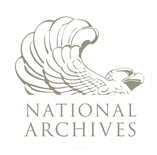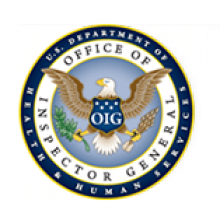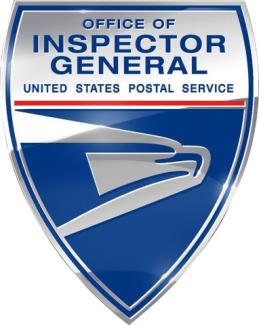We conducted this review to provide considerations for the EPA to strengthen its corrective action certification process. When the Agency certifies to the completion of corrective actions that have not been completed, it leads to inaccurate data in the Agency’s audit tracking system, limits the OIG’s assurance that the corrective actions reported by the Agency are reliable, and may give the public and Congress the wrong impression regarding the EPA’s progress in addressing OIG recommendations.
| Report Date | Agency Reviewed / Investigated | Report Title | Type | Location | |
|---|---|---|---|---|---|
| Environmental Protection Agency | The EPA Failed to Complete Corrective Actions as Certified to Address OIG Recommendations | Review | Agency-Wide | View Report | |
| Department of Labor | COVID-19: ETA and States Did Not Protect Pandemic-Related UI Funds from Improper Payments Including Fraud or from Payment Delays | Audit | Agency-Wide | View Report | |
| Department of Labor | DOL Made Progress In Implementing Geospatial DATA Act Requirements, But More Needs To Be Done | Audit | Agency-Wide | View Report | |
| U.S. Agency for International Development | Global Labor Program: USAID Generally Followed Policy but Would Benefit From Better Organizational Support and Certification of Reviewers | Inspection / Evaluation |
|
View Report | |
| National Archives and Records Administration | NARA’s FY 2022 Federal Information Security Modernization Act of 2014 Audit | Audit | Agency-Wide | View Report | |
| Department of Health & Human Services | UPICs Hold Promise To Enhance Program Integrity Across Medicare and Medicaid, But Challenges Remain | Inspection / Evaluation | Agency-Wide | View Report | |
| Department of Health & Human Services | Medicare Advantage Compliance Audit of Specific Diagnosis Codes That BlueCross BlueShield of Tennessee, Inc. (Contract H7917) Submitted to CMS | Audit |
|
View Report | |
| Department of Health & Human Services | Medicare Advantage Compliance Audit of Specific Diagnosis Codes That Highmark Senior Health Company (H3916) Submitted to CMS | Audit |
|
View Report | |
| Department of the Interior | The Bureau of Indian Education, the Bureau of Indian Affairs, and the Turtle Mountain Band of Chippewa Indians Need To Improve Accountability for Federal Funds | Audit | Agency-Wide | View Report | |
| U.S. Postal Service | Compensation, Benefits, and Bonus Authority in FY 2021 | Audit | Agency-Wide | View Report | |


